Nestled in the heart of the Nepalese Himalayas, Mt. Larkya Peak stands as a captivating challenge for seasoned mountaineers. This 14-day expedition offers a chance to witness the awe-inspiring Annapurna and Dhaulagiri ranges while navigating through the demanding terrain. From acclimatization in Samagaon to the final summit push, climbers must be prepared to face the physical and mental demands of this exhilarating adventure. With the right gear, fitness, and a sense of exploration, those who dare to conquer Larkya Peak will be rewarded with an unforgettable journey and breathtaking views that few have the privilege to witness.
Key Points
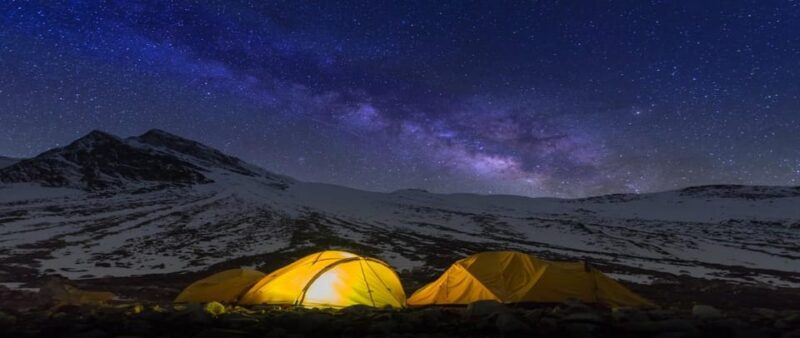
-
Larkya Peak, also known as Cheo Himal, is a challenging 6,249-meter mountain located in the Nepalese Himalayas, offering stunning views of the Annapurna and Dhaulagiri ranges.
-
The typical climbing expedition to Larkya Peak lasts 14 days, starting with a scenic drive to Maccha Khola and including acclimatization at Samagaon and ascent to Larkya Base Camp and High Camp.
-
The package price for the Larkya Peak expedition starts at $3,365.39 per person, covering transportation, accommodation, permits, guide and porter services, and all trek meals.
-
Climbers need to be well-equipped with technical mountaineering gear, such as crampons, ice axes, ropes, and carabiners, and possess the necessary skills and physical fitness to handle the high-altitude challenge.
-
Climbing Larkya Peak requires a Trekking Information Management System (TIMS) card, a peak permit, and participation in a guided group with a maximum of 12 members and a guide-to-client ratio of 1:4.
Overview of Larkya Peak
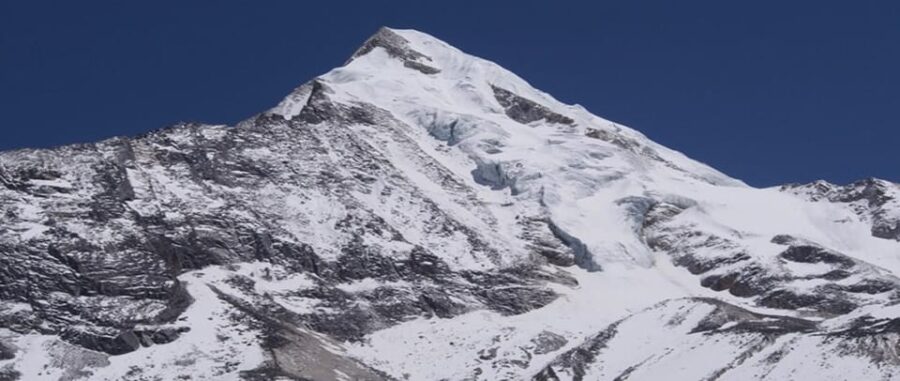
Larkya Peak, also known as Cheo Himal, is a captivating climbing destination nestled in the Nepalese Himalayas. Boasting an impressive altitude of 6,249 meters (20,502 feet), this peak offers an exciting challenge for experienced mountaineers.
The climb typically takes 14 days to complete, making it an accessible option for those seeking to conquer a Himalayan summit. Aspiring climbers can look forward to breathtaking views of the Annapurna and Dhaulagiri mountain ranges along the way.
The trek also includes the renowned Larkya La Pass, adding to the overall allure and sense of adventure. With its relatively easy climb, Larkya Peak serves as an excellent preparatory expedition for those ambitious to tackle more demanding Himalayan peaks in the future.
You can also read our reviews of more tours and experiences in Jagat.
Itinerary Highlights
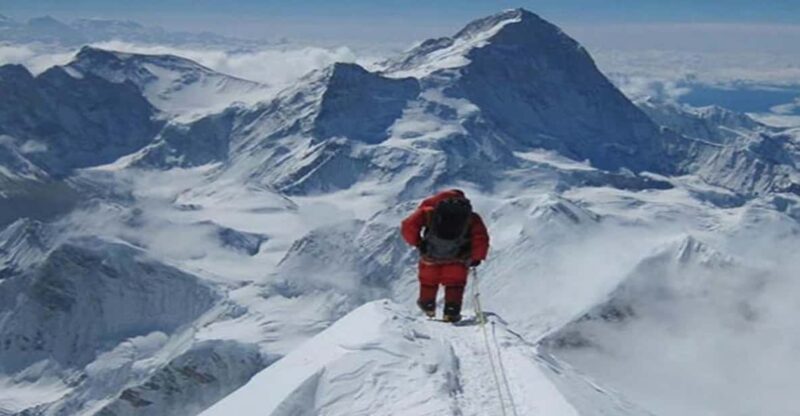
The 14-day itinerary for Larkya Peak climbing is packed with captivating highlights that guide adventurers through the stunning Nepalese Himalayas. Trekkers start their journey with a scenic 7-8 hour drive to Maccha Khola, followed by manageable daily hikes that gradually increase in elevation.
Noteworthy stops include:
-
Acclimatization day at Samagaon, where hikers can explore Manaslu Base Camp and Birendra Lake.
-
Challenging ascent to Larkya Base Camp and High Camp, setting the stage for the summit push.
-
Triumphant summit of Larkya Peak, offering breathtaking views of the Annapurna and Dhaulagiri ranges.
-
The descent through the beautiful Bimthang and Dharapani regions, completing an unforgettable Himalayan adventure.
Costs and Inclusions
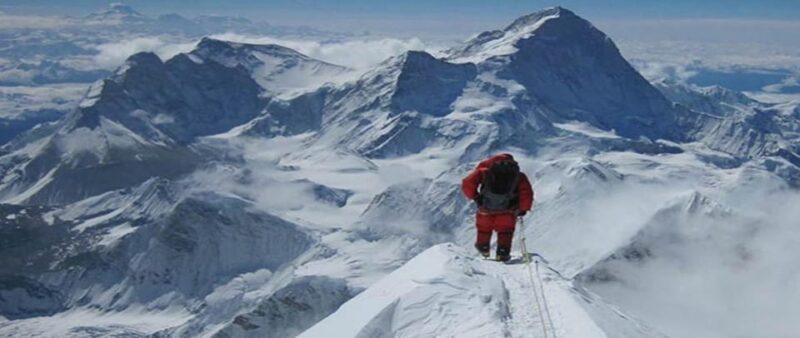
The package price for the Larkya Peak climbing expedition starts from $3,365.39 per person.
This fee includes transportation from airports to hotels, one night in a 3-star hotel in Kathmandu, entry fees, TIMS CARD, peak permit fees ($250), guide and porter services, all meals during the trek, snacks, and additional hotel stay if needed.
Tipping for guides and support staff at trek’s end is also included.
Clients can take advantage of the free cancellation option up to 24 hours in advance, as well as the reserve now & pay later option.
However, personal expenses and unforeseen costs like bottled water, Wi-Fi, and hot showers aren’t covered in the package.
Essential Gear and Preparation
Physical conditioning and acclimatization are crucial for successfully ascending Larkya Peak. Climbers must bring the necessary equipment, including:
- Crampons for traversing icy terrain
- Ice axes for added stability and safety
- Ropes, carabiners, and other climbing gear
Plus, it’s vital that climbers have adequate medical and travel insurance to cover the costs of any emergency services, such as helicopter evacuation, should the need arise.
While the trek itself is considered relatively easy, the high altitude and challenging conditions require climbers to be physically and mentally prepared for the challenges they may face on their journey to the summit of Larkya Peak.
More Great Thing To Do NearbyAdditional Information
Along With the included costs, travelers should account for personal expenses and any unforeseen costs that may arise during the trek, such as the purchase of bottled water, Wi-Fi access, and hot showers. After the trek, there are also options to explore the city of Kathmandu, including sightseeing and entrance fees to various attractions.
| Potential Expenses | Cost |
|---|---|
| Bottled Water | $2-$5 per bottle |
| Wi-Fi Access | $5-$10 per day |
| Hot Showers | $2-$5 per shower |
| Kathmandu Sightseeing | $10-$50 per person |
Travelers are advised to have adequate medical and travel insurance to cover any emergency services, including potential helicopter evacuation, that may be required during the trek.
Permits and Regulations
Climbing Larkya Peak requires obtaining specific permits and abiding by various regulations set forth by the Nepalese government.
Climbers must obtain a Trekking Information Management System (TIMS) card, which ensures they’ve the necessary documentation to trek in the region. Plus, a peak permit is required, which costs $250 per person. This permit covers access to the Larkya Peak area and the Manaslu Conservation Area.
Climbers must also be part of a guided group, as solo trekking isn’t permitted. The group size is typically limited to a maximum of 12 members, with a guide-to-client ratio of 1:4.
Safety and Risk Management
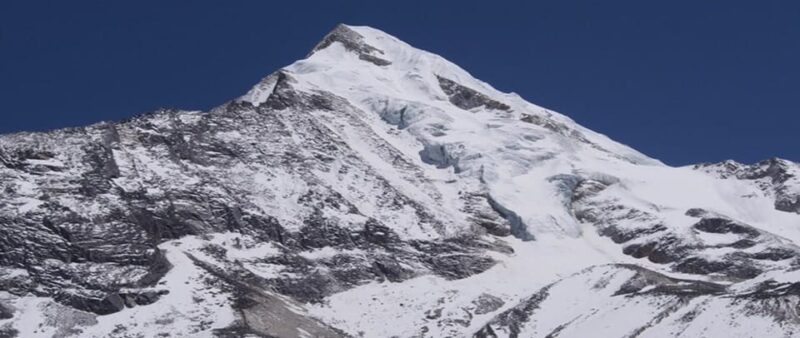
Safety is paramount when attempting to summit Larkya Peak. The climb requires technical mountaineering skills and proper equipment, including crampons, ice axes, and ropes. Climbers must be in excellent physical condition and accustomed to high altitudes.
Thorough acclimatization is crucial to mitigate the risks of altitude sickness. Unexpected weather conditions, such as heavy snowfall or blizzards, can also pose significant challenges.
Adequate medical and travel insurance is essential to cover the costs of potential rescue and evacuation efforts, which can be extremely expensive in the remote Himalayan region.
Proper planning, preparation, and attention to safety protocols are key to a successful and safe Larkya Peak expedition.
Recommended Fitness Level
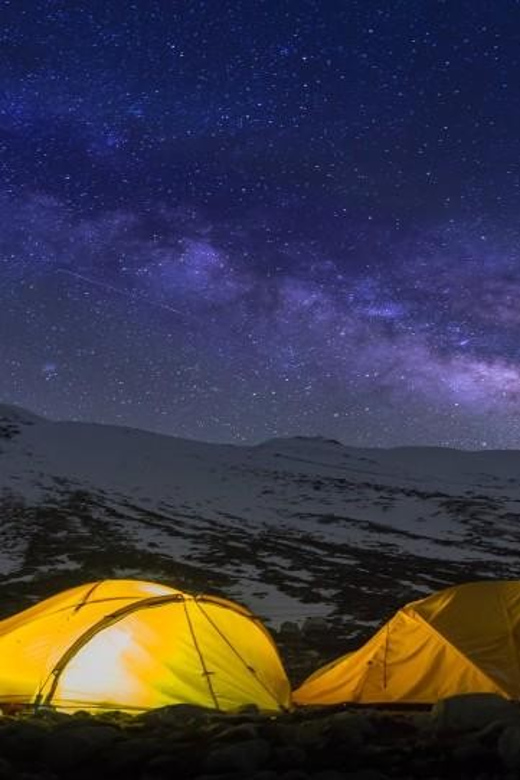
A high level of physical fitness is essential for successfully tackling the Larkya Peak climbing expedition. Climbers must be prepared to handle the demanding terrain, high altitudes, and strenuous trekking involved.
The recommended fitness level includes:
- Able to hike for 6-8 hours per day carrying a 10-15 kg backpack
- Experience with high-altitude trekking, preferably above 5,000 meters
- Strong cardiovascular endurance and muscular strength to handle challenging ascents and descents
Proper training and acclimatization are crucial to mitigate the risks associated with high-altitude climbing.
Prospective climbers should consult with experienced guides and medical professionals to ensure they’re physically and mentally ready for the Larkya Peak challenge.
Frequently Asked Questions
Can I Rent Gear On-Site or Do I Need to Bring My Own?
Climbers can rent essential gear like crampons, ice axes, and ropes on-site, but it’s recommended to bring your own personal equipment for a more comfortable and tailored experience on the climb.
Are There Any Specific Requirements for Prior Climbing Experience?
While no prior climbing experience is required, the trek to Larkya Peak demands good physical fitness and acclimatization. Participants should be prepared to use technical gear like crampons and ice axes during the ascent.
What Are the Accommodation Options During the Trek?
The trek offers a range of accommodation options, from lodges and tea houses in villages to basic campsites at higher elevations. Accommodations during the climb are typically simple but provide shelter, food, and essential amenities for trekkers.
Is There an Option to Hire a Private Porter or Guide?
Yes, hikers can hire a private porter or guide for the Larkya Peak climbing trek. This provides more personalized support and allows hikers to customize their experience. Private guides and porters are available at an additional cost.
Can I Extend the Trek to Explore Other Nearby Peaks?
Yes, you can extend the trek to explore other nearby peaks. The itinerary can be customized to include additional acclimatization days and summits of other 6000m peaks in the Manaslu region, but this will increase the overall duration and cost of the trek.
Recap
Climbing Mt. Larkya Peak in the Nepalese Himalayas is a thrilling challenge for seasoned adventurers. The 14-day expedition offers breathtaking views of the Annapurna and Dhaulagiri ranges, but it requires proper gear, physical fitness, and meticulous preparation. Trekkers must navigate acclimatization, base camps, and the final summit push, all while adhering to permit and safety protocols. With the right approach, climbers can conquer this magnificent peak and enjoy a rewarding, unforgettable experience.
You can check if your dates are available here:More Tour Reviews in Jagat
Not for you? Here's more things to do in Jagat we have recnetly reviewed
- 8 Best Hiking And Trekking Tours In Jagat
- Manaslu Circuit Trek
- Manaslu Circuit Trek From Kathmandu
- Manaslu Tsum Valley Trek
- Tsum Valley Trek: Exploring the Hidden Gem
- Tsum Valley Trek (A Hidden Valley)
- Tsum Valley Trek : a Journey Into the Hidden Valley
- Mt.Larkya Peak Climbing
- From Kathmandu : Budget 15 Days Manaslu Circuit Trek
- From Kathmandu: 15-Day Manaslu Circuit Trek
- From Kathmandu: Manaslu Circuit Tea House Trek 11 Days
- From Kathmandu: Manaslu Circuit Trek 12 Day
